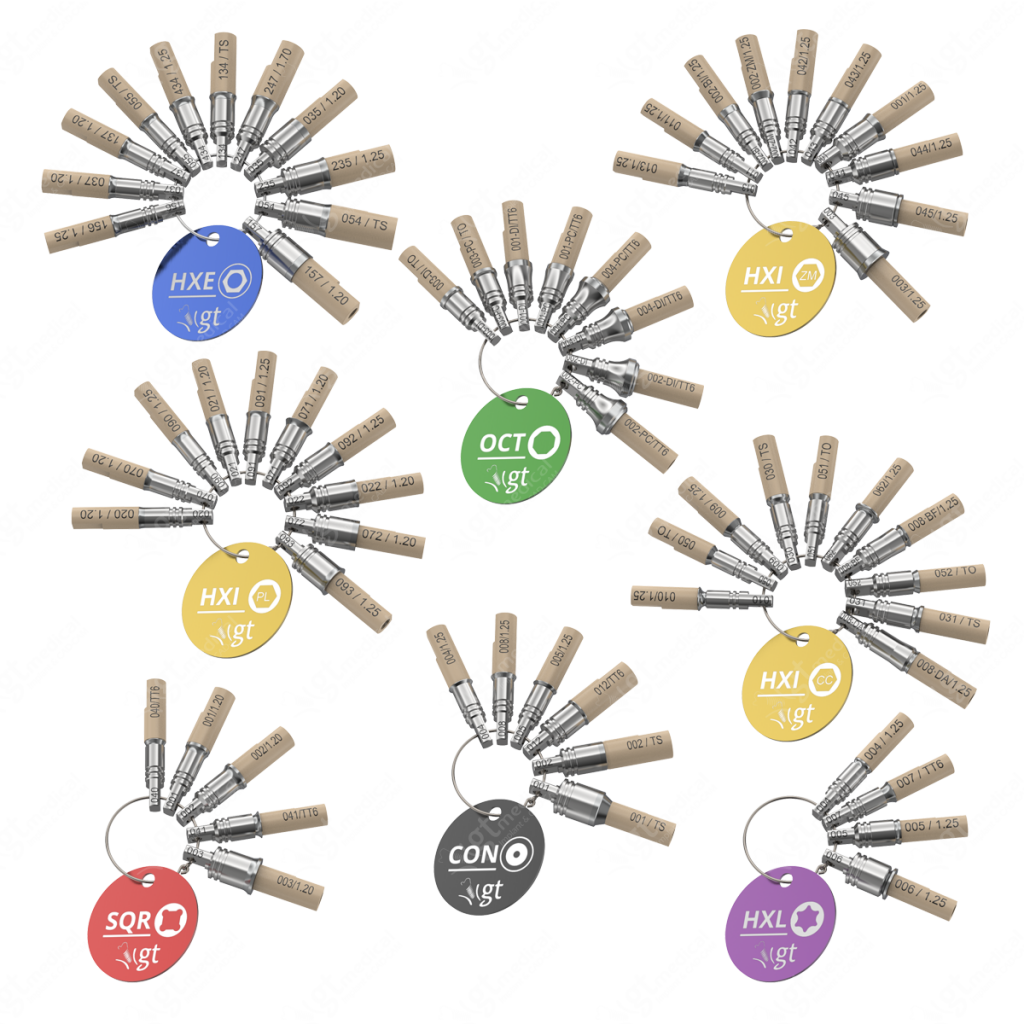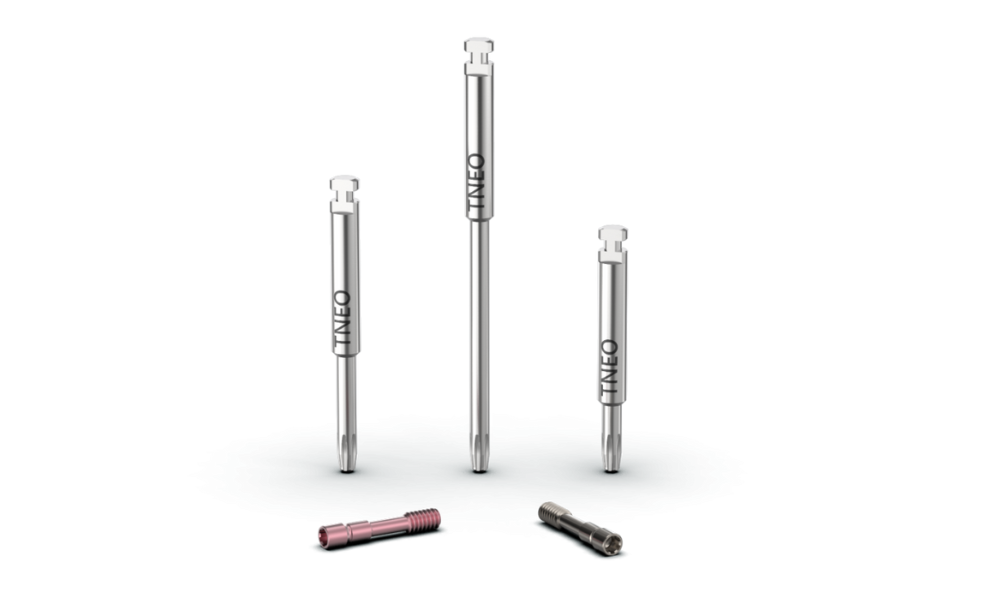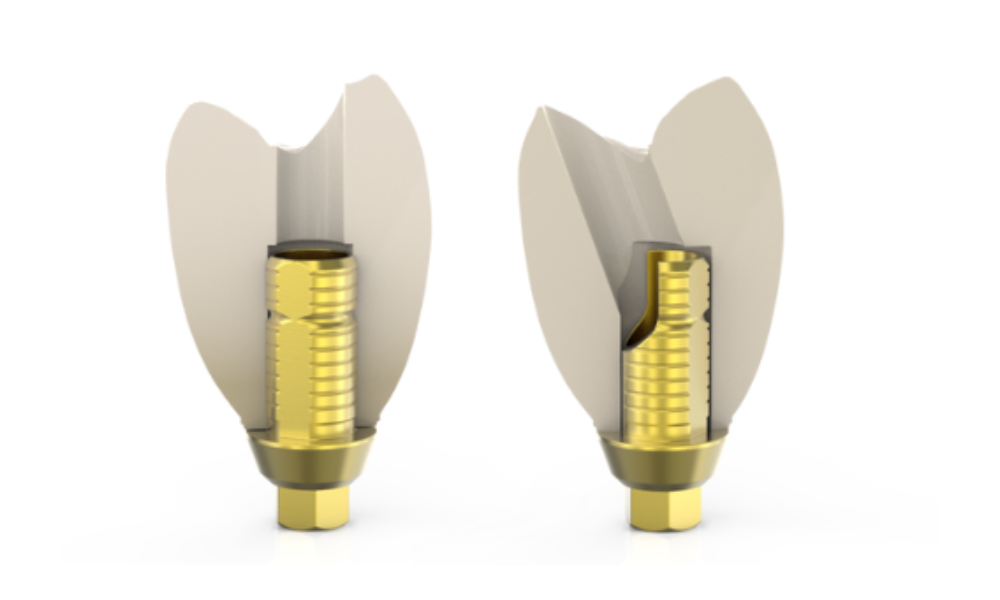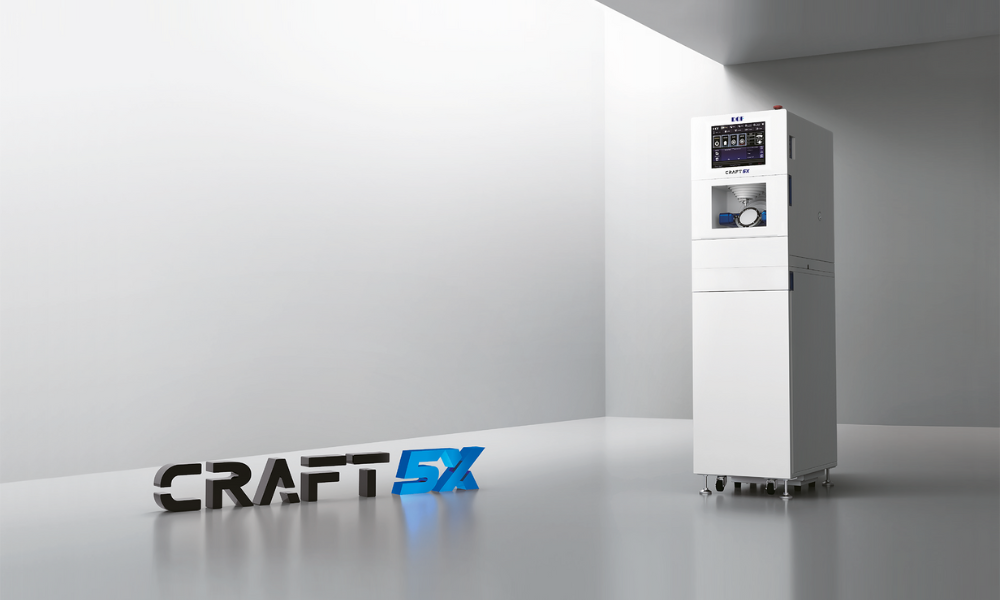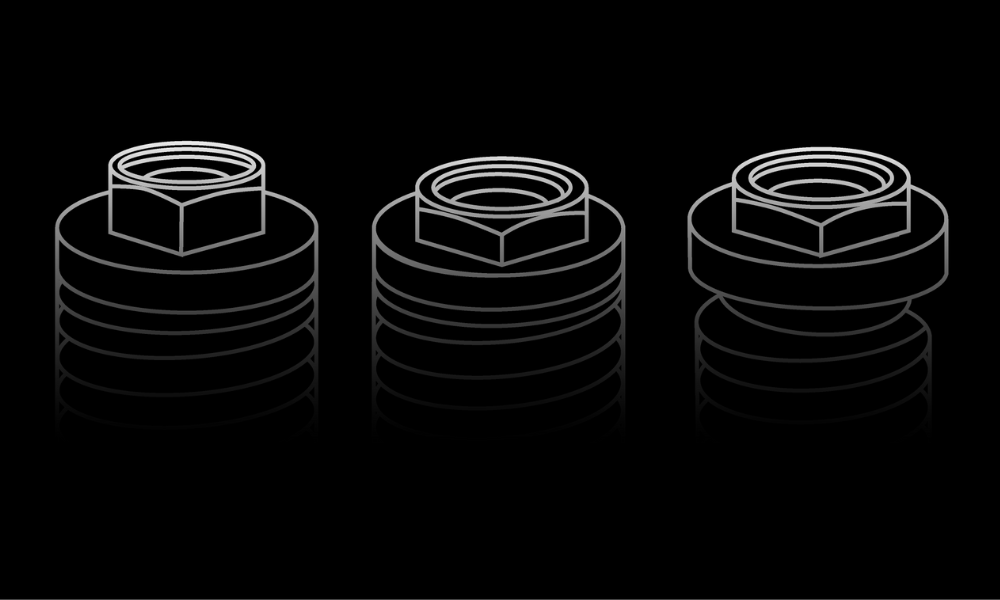Identifying an unknown dental implant is a common challenge, but it can be easily overcome with the right knowledge. Our discussion on ‘Implant Identification Characteristics – the connection’ will equip you with the technical concepts necessary to understand the types of connections and acquire the necessary attachments to rehabilitate any implant with confidence.
INDEX
- Type of connection
- Internal Thread
- Metric 1.4 to 2.5
- American thread 1-72 UNF
1. TYPE OF CONNECTION
In the context of connection, most implants can be classified into two main categories: external and internal connection. However, some special cases fall into the “special” category. This category covers monobloc implants with connections designed for overdentures, immediate loading or with grindable dies.

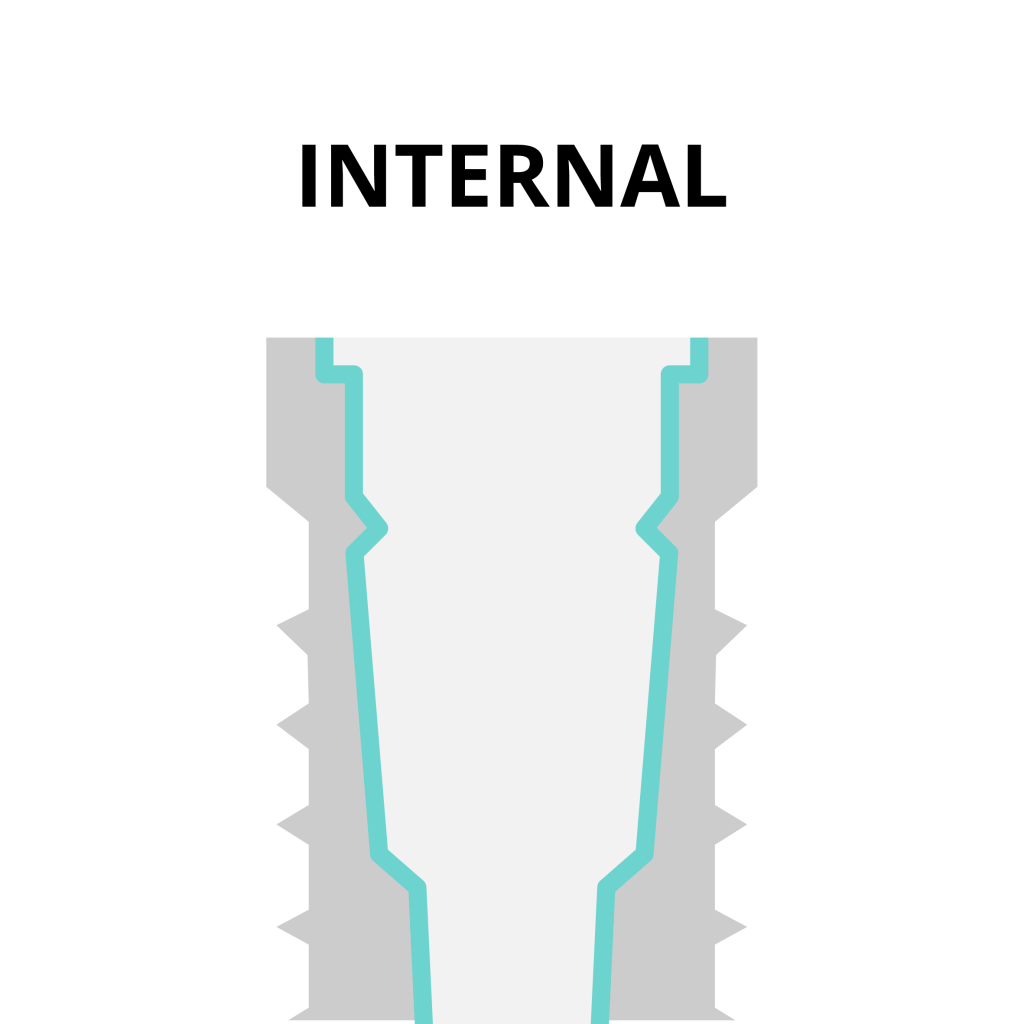

Within the external connection, the most common shapes are hexagonal and octagonal.

Nobel Biocare Branemark, Biomet 3i Externa

Straumann Standard Plus Ø3.3 NN, Biotech B.I.S Ø3.6
1. CONNECTION FORM
The “connection shape” plays a crucial role in preventing unwanted micro-movements and rotations between the dental implant and the prosthetic structure. The most common geometries used to be polygonal, such as hexagonal and octagonal. Recently, however, brands have opted for more complex geometries with lobes and grooves, such as trilobular (three lobes), tetralobular (four lobes) and hexalobular (six lobes).
It should be noted that on conventional radiographs, the shape of the connection is often not clearly distinguishable; its optimal visualisation is achieved by intraoral photographs or images of the raised crown.
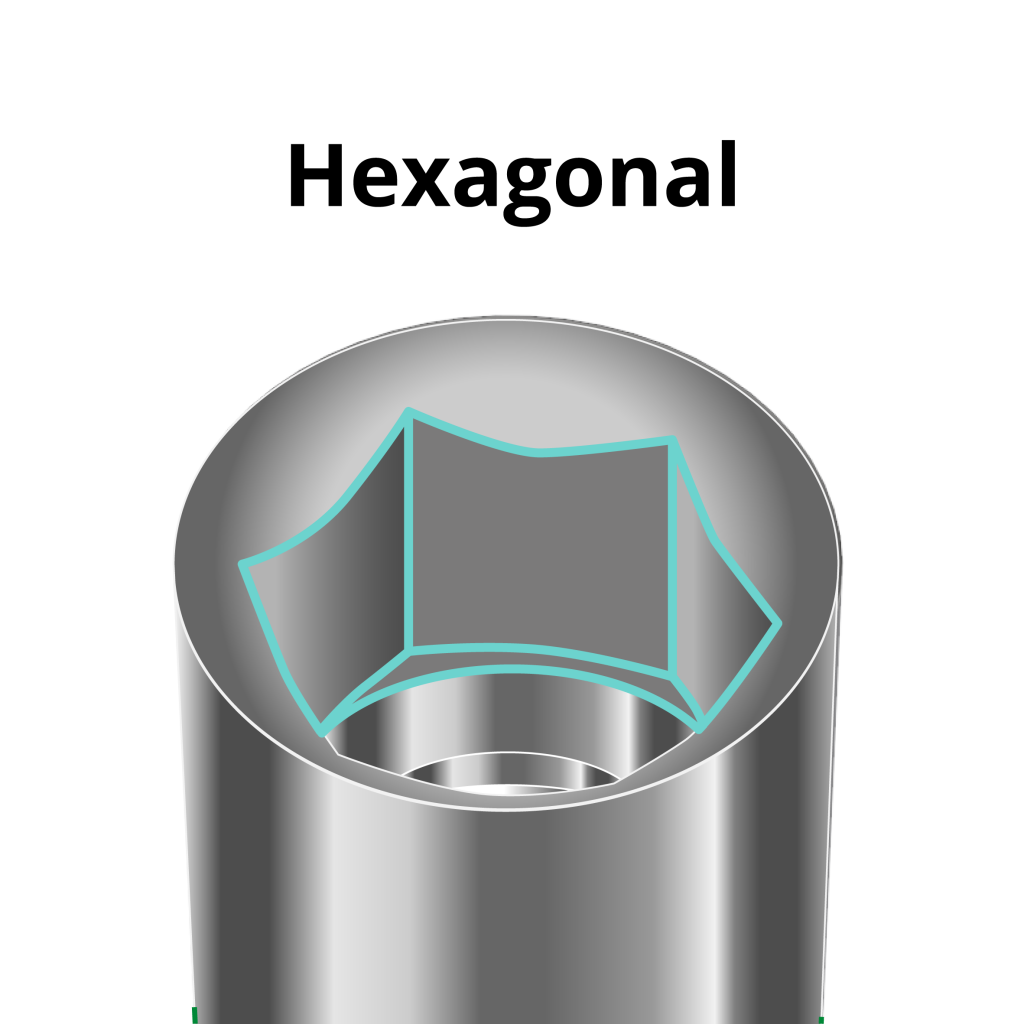
Zimmer TSV

Klockner Essential

Nobel Replace Select, Implant Direct Reactive/ Replan
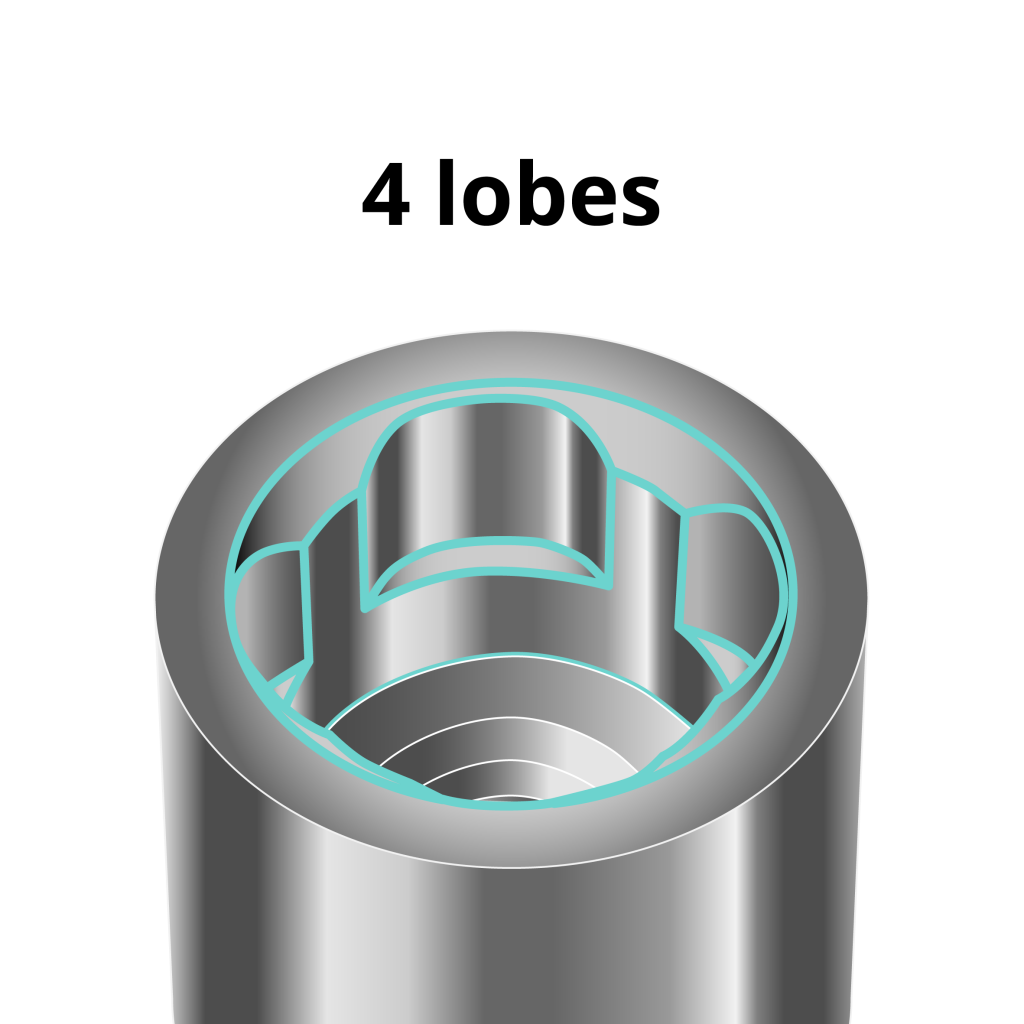
BTI Interna
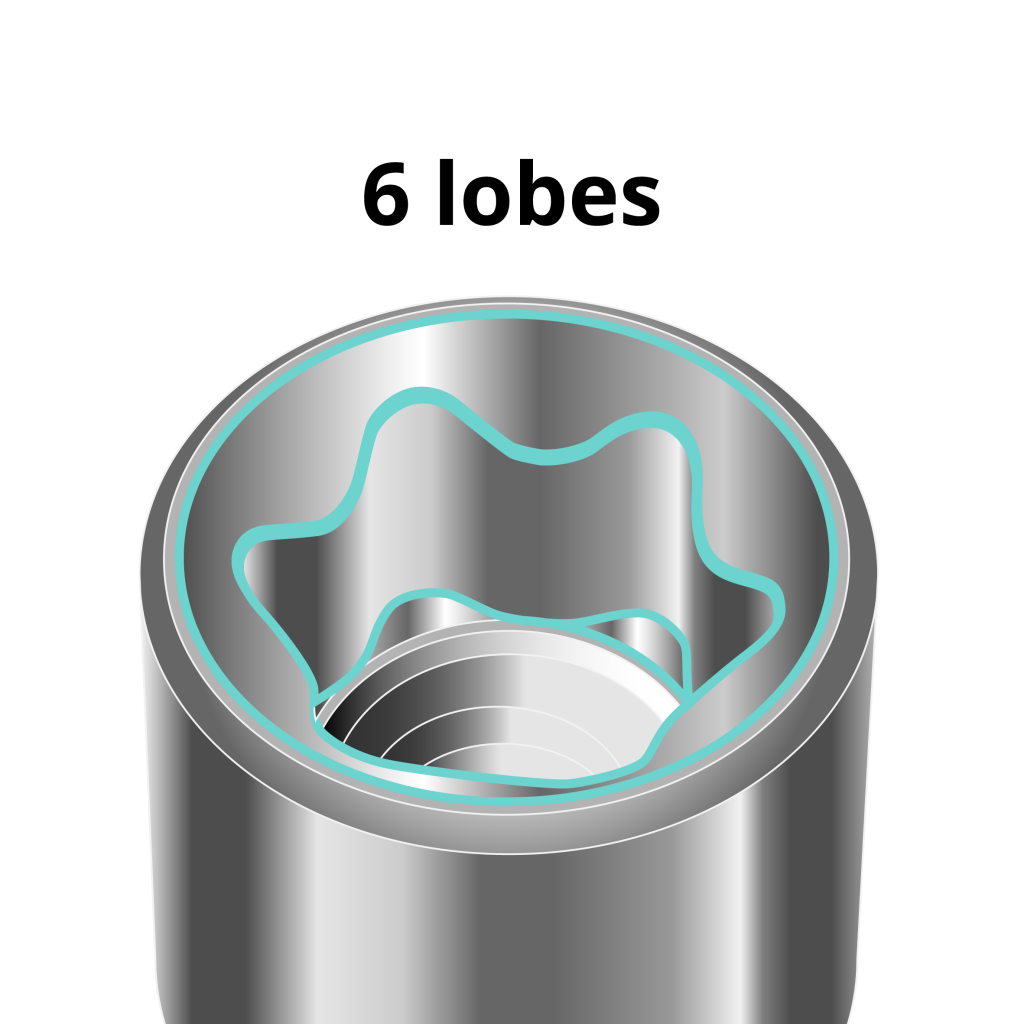
Phibo Aurea Evo
2. ENTRY GEOMETRY
The entry geometry plays a key role in ensuring bacterial sealing throughout the life of the implant, as well as absorbing most of the loads transmitted by the prosthetic structure.
There are three main types of entry geometry: Bevel, Cone Morse and Flat Rest. It is important to note that the seal provided by Cone Morse connections is so effective that, in many cases, a cold weld is made, requiring the use of an extractor to remove the prosthetic structure.
This feature is essential for the interpretation of radiographs, and is often clearly distinguishable, especially when the crown has been removed from the implant.
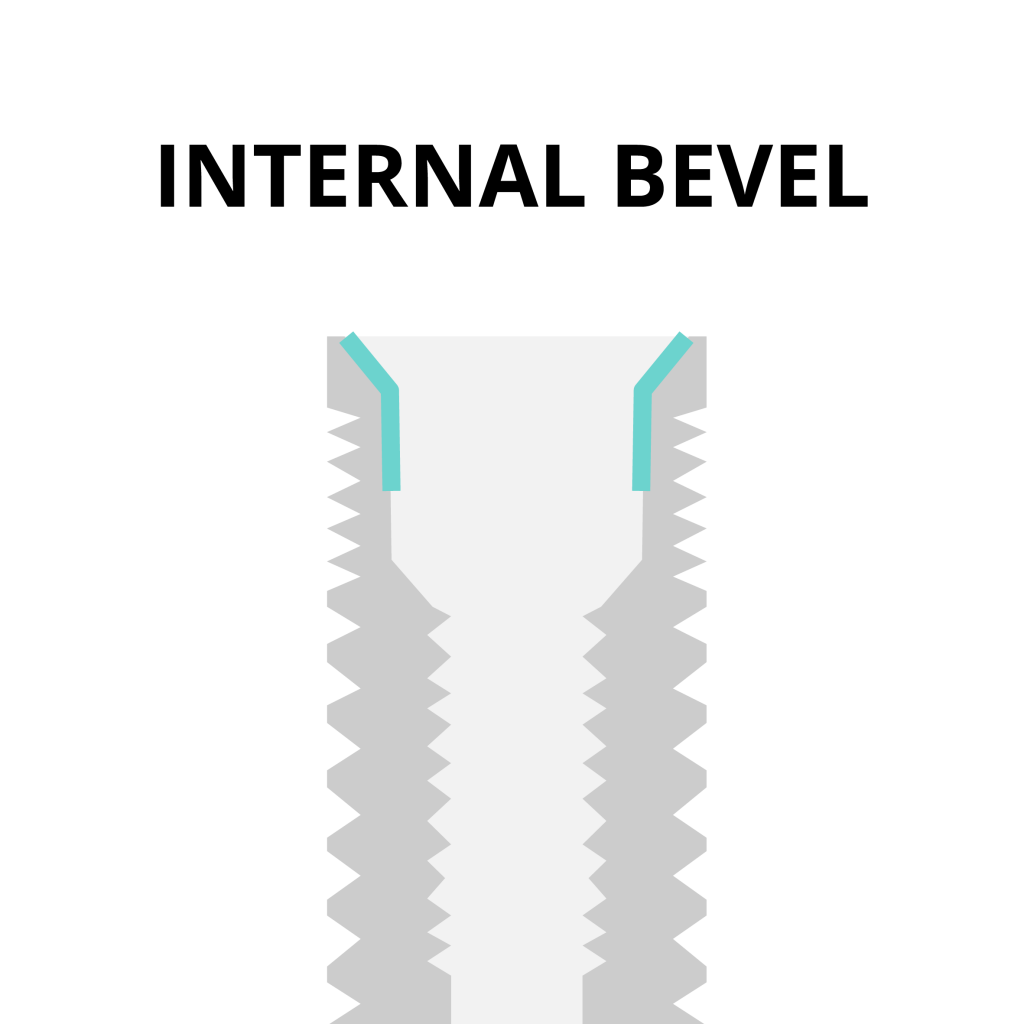
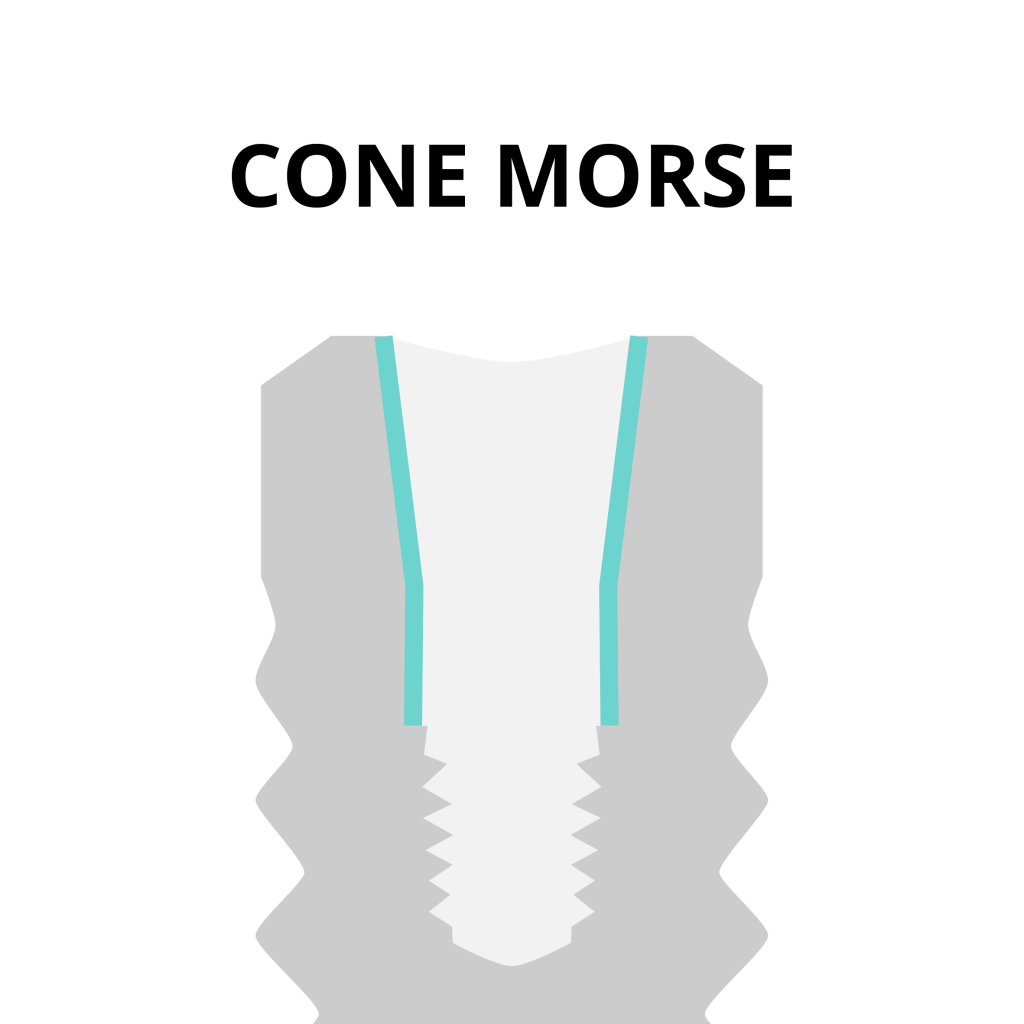
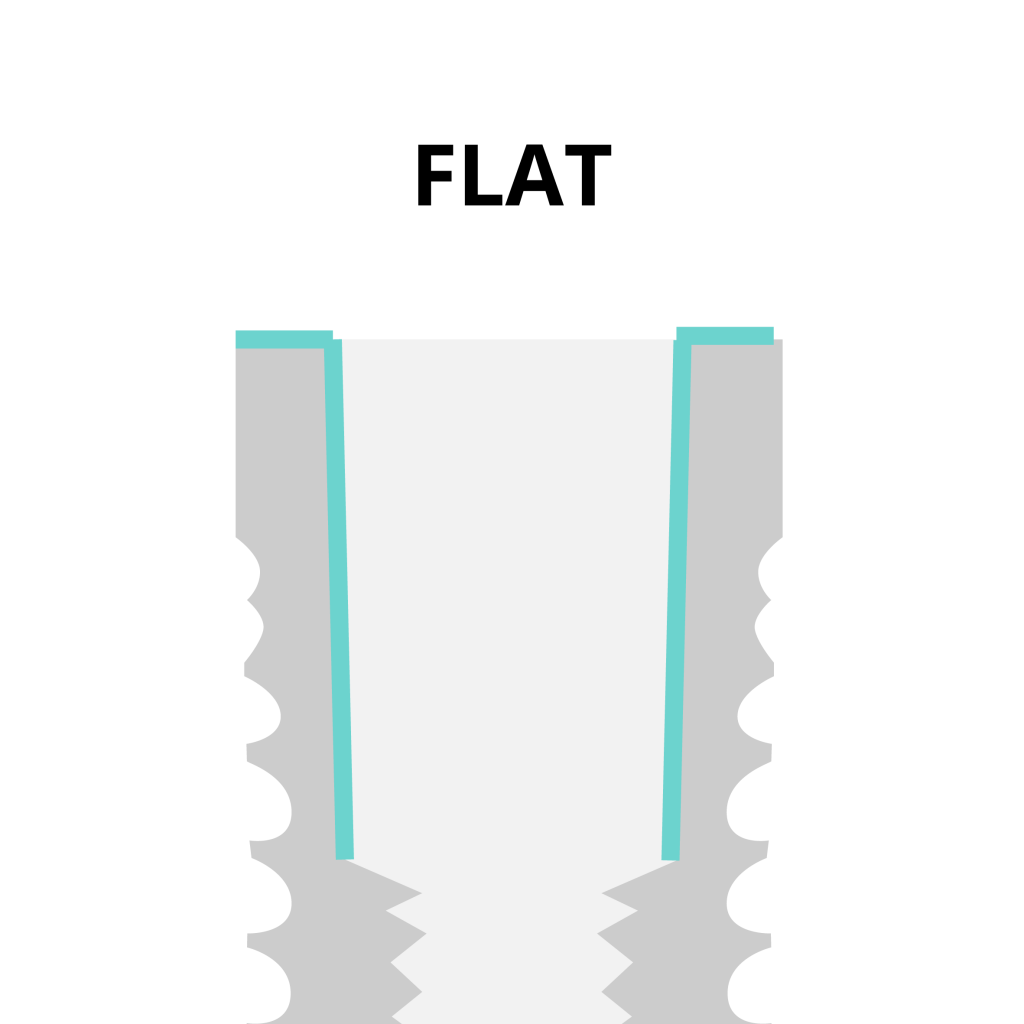
2. INTERNAL THREAD
The internal thread of a dental implant is the helical structure located inside it, responsible for securing the connection with the prosthetic structure by means of a screw or threaded abutment.
In the field of implants, there are two main types of threads, each following a different standard:
- The ISO Metric Thread: Standard based on the International System of Units, identified by the letter M followed by the nominal diameter in millimetres. Some common metric threads are M1.4, M1.6, M1.8, M2.0 and M2.5.
- Unified Fine Pitch Thread: Similar to the ISO metric thread, but with Imperial System of Units dimensions, especially used in the United States. In dental implants, 1-72 UNF, similar to Metric 1.8, is common.

IMPLANT EXPLORERS
At GT-Medical we have a set of “implant testers” of different connections, to check by yourself the type of connection and its platform diameter.
They are available in the following connections:
- External hexagon
- Internal hexagon Zimmer type
- Internal Hexagon Flat Support
- Internal hexagon Conical connection
- Internal octagonal
- Conical
- Tetralobular
- Hexalobular
In the following LINK you can purchase your “IMPLANT EXPLORERS”.
